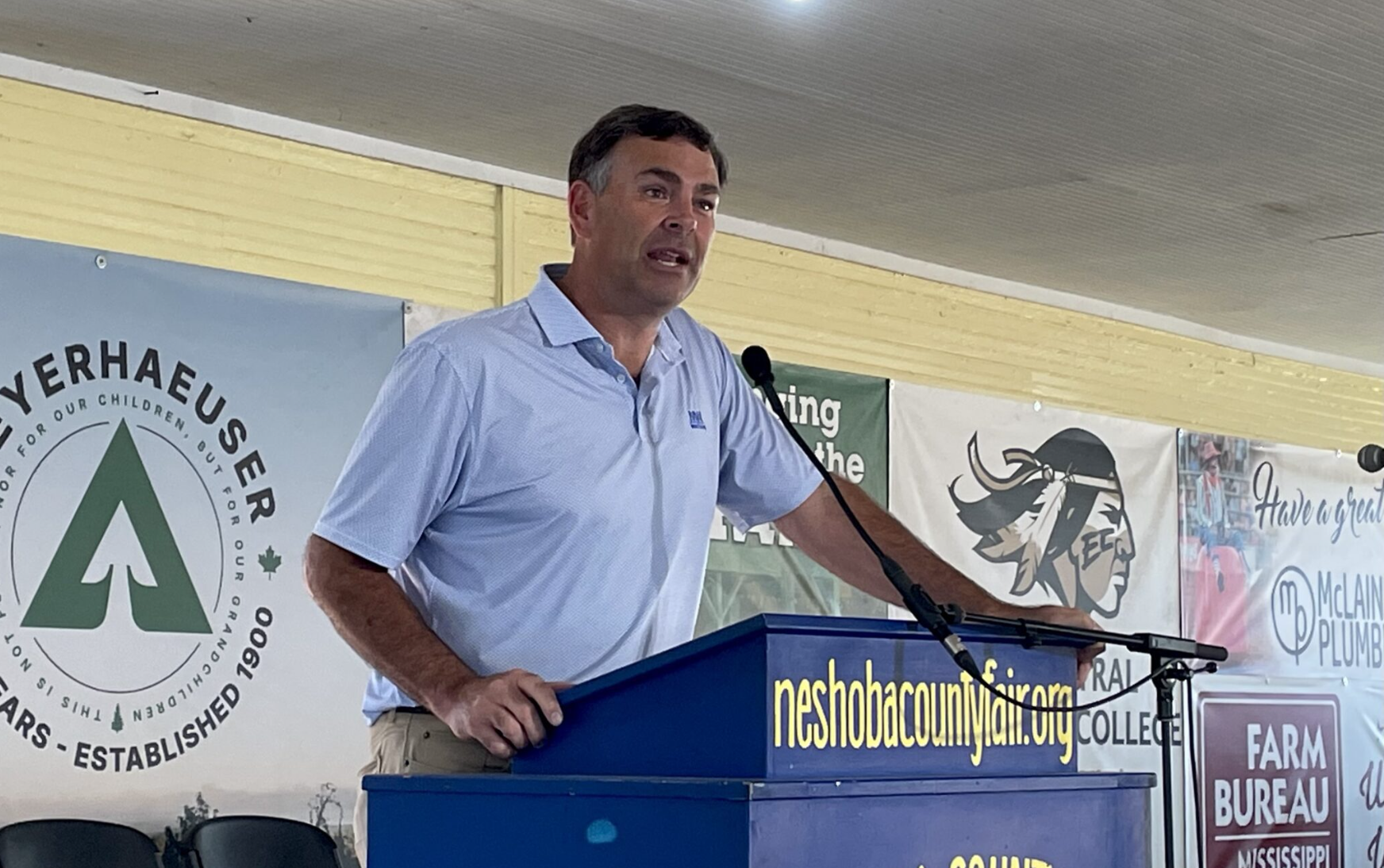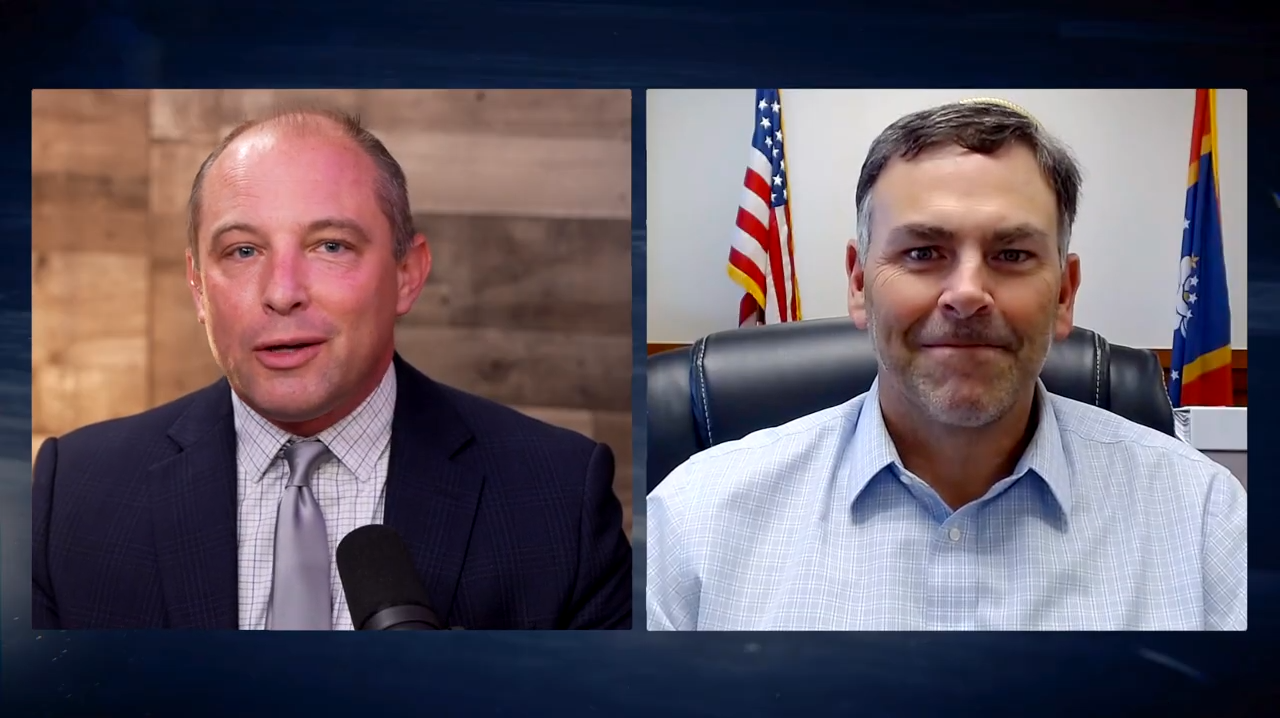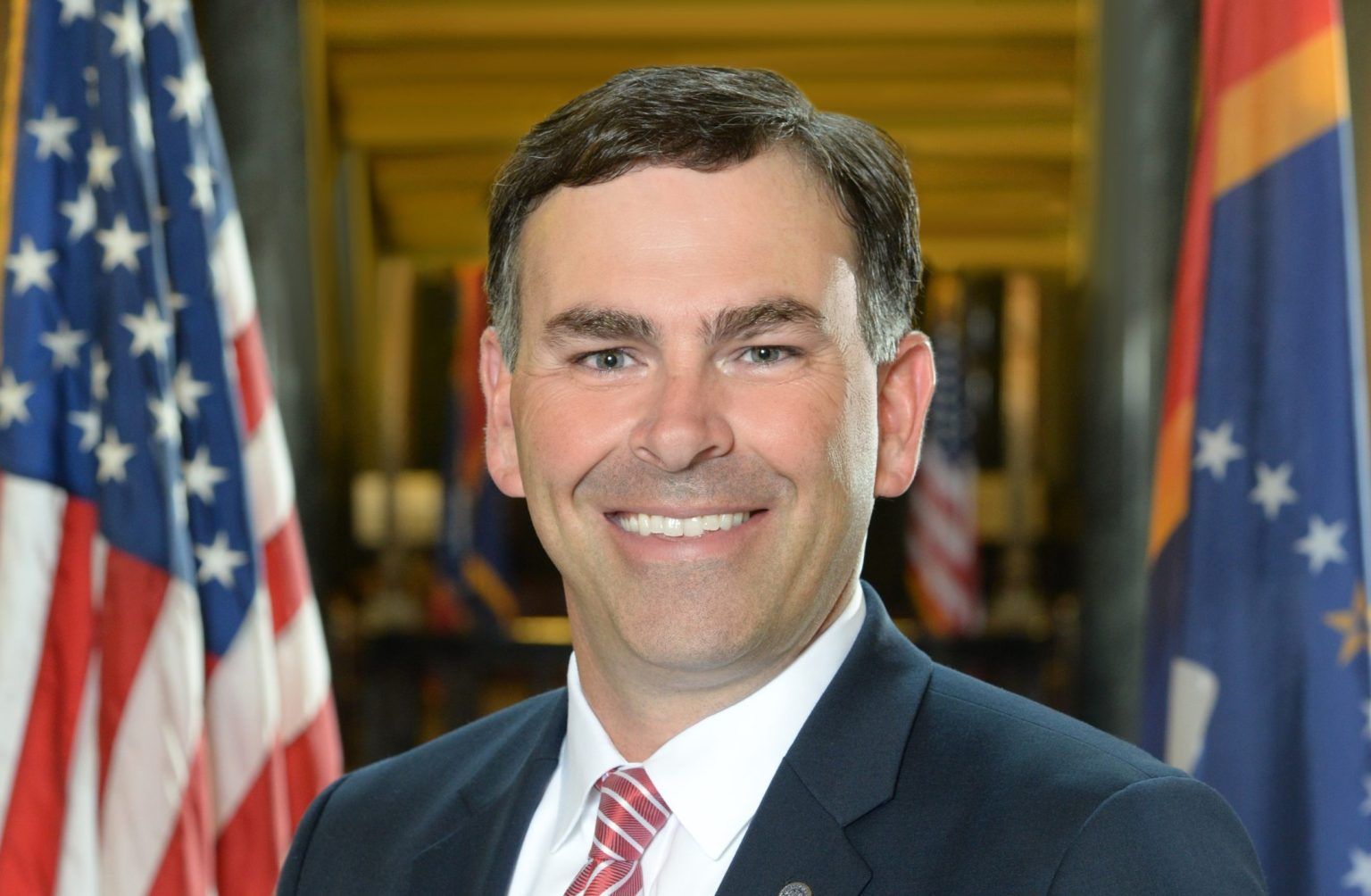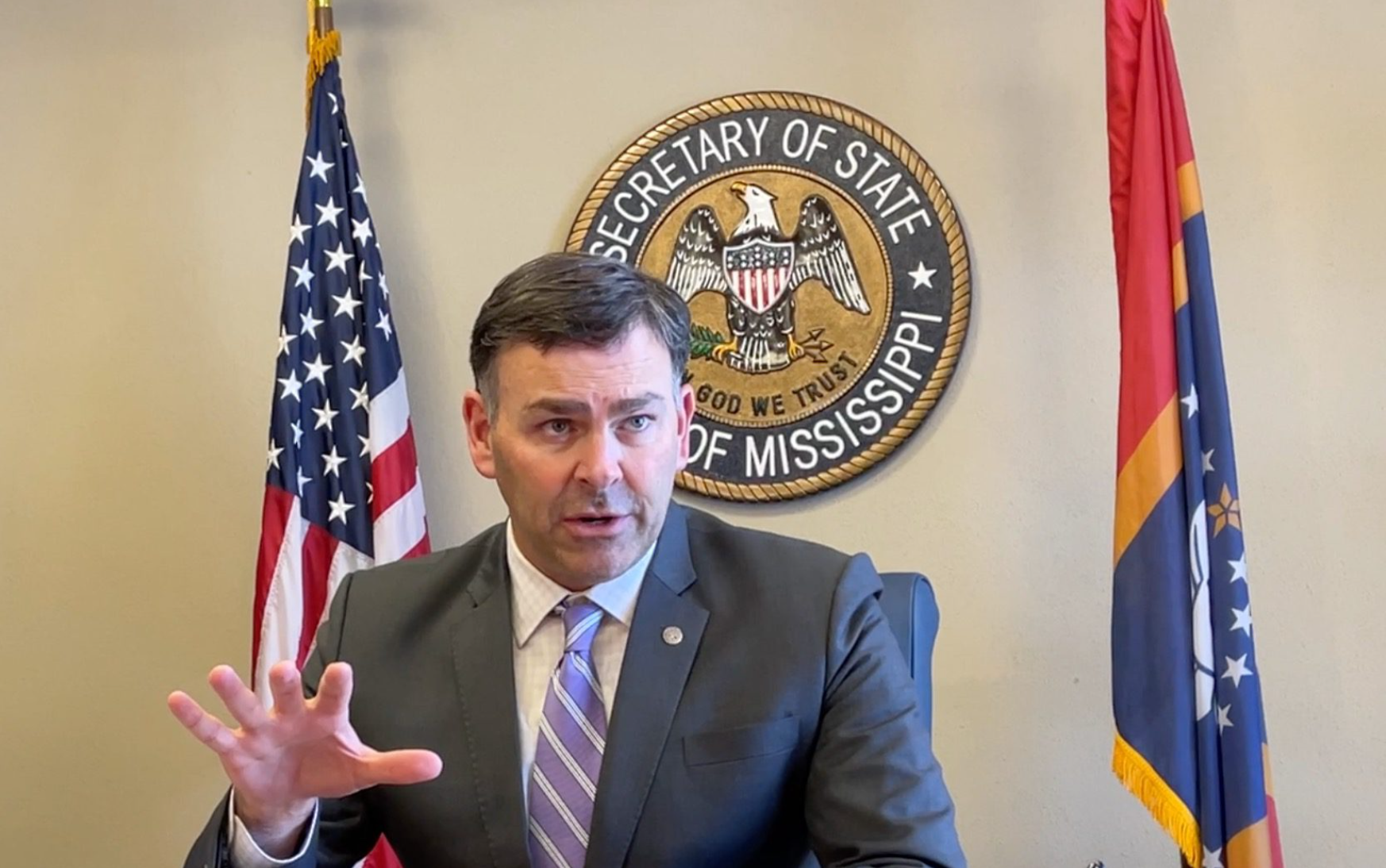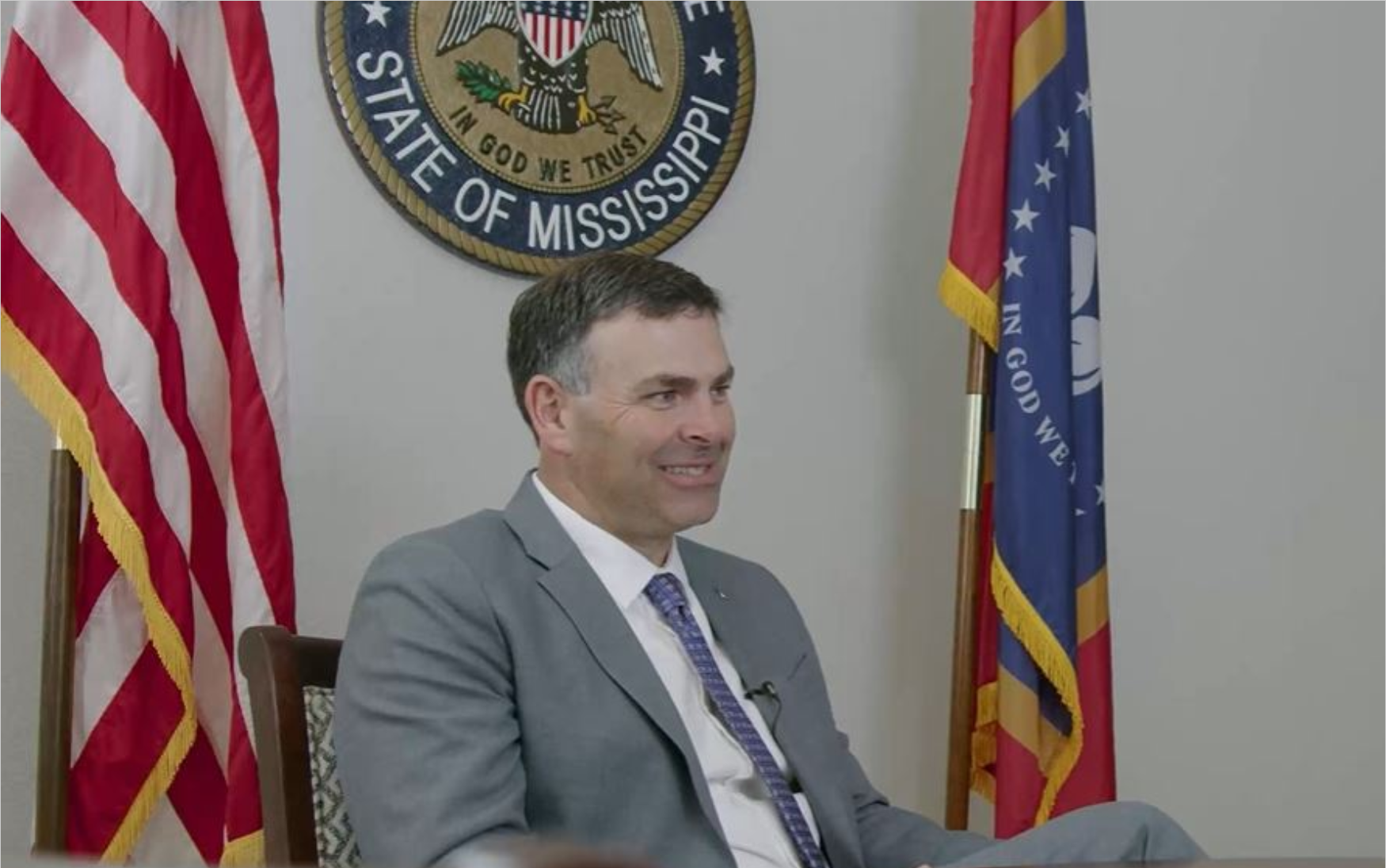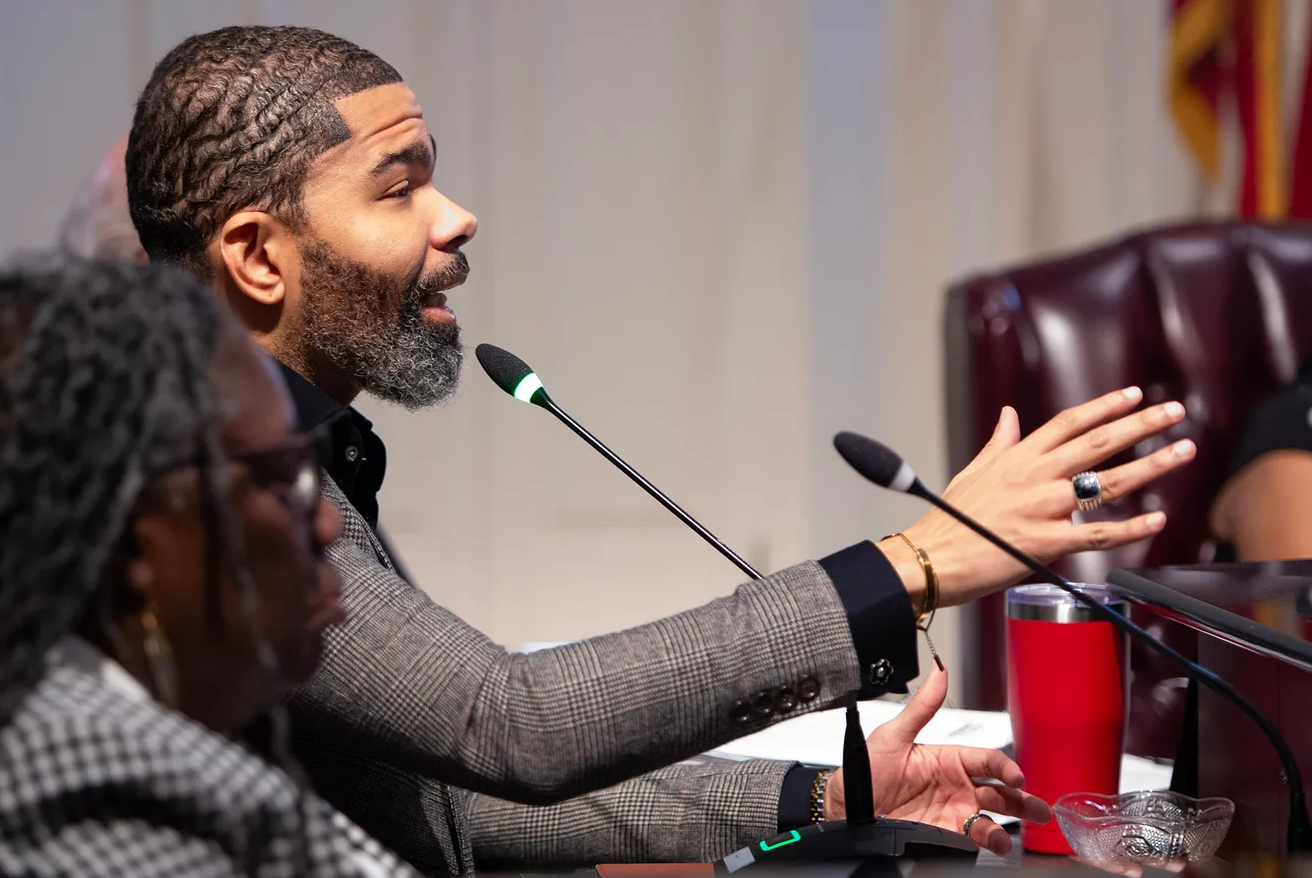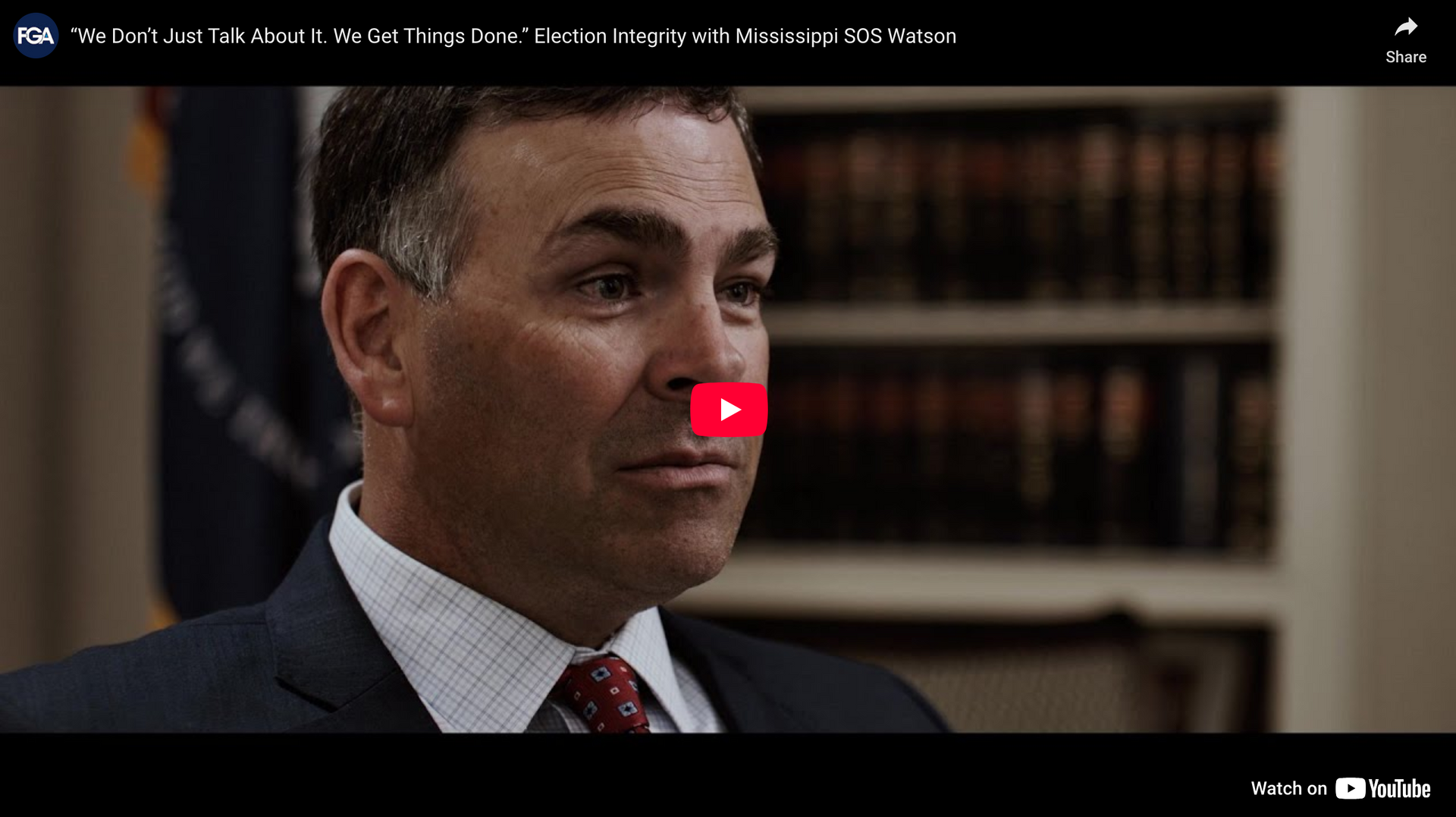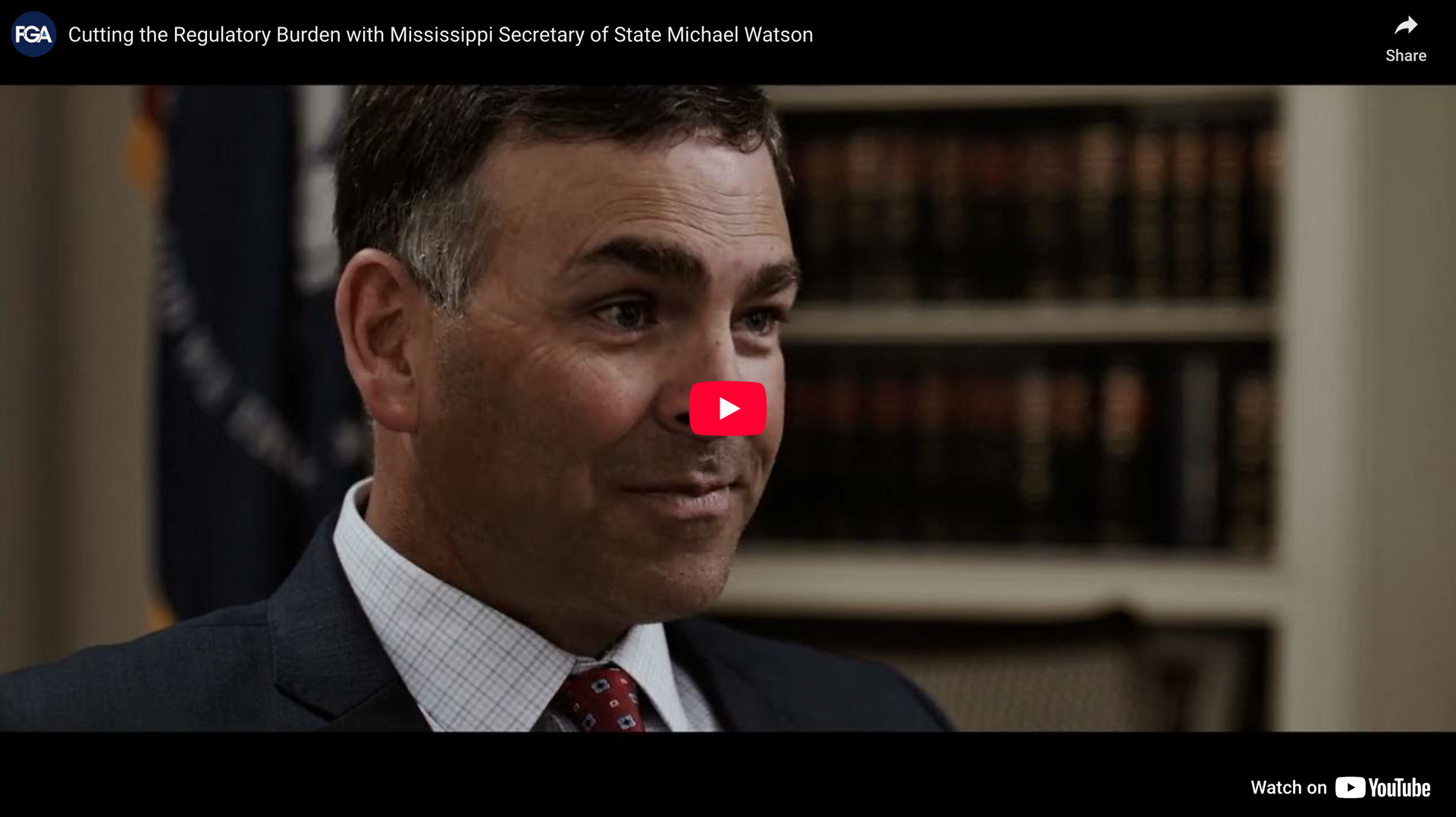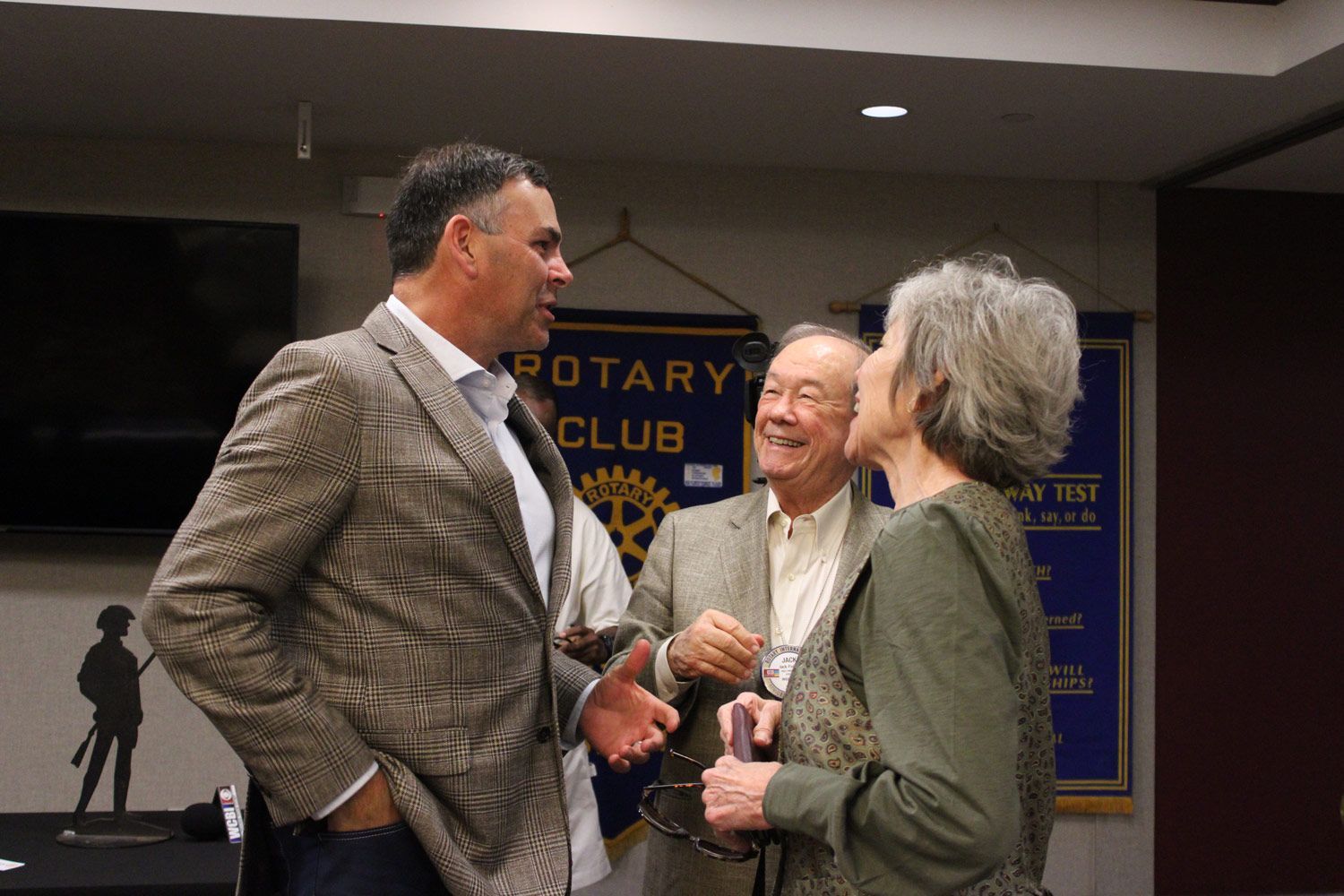SUN HERALD: Bonnet Carré Spillway is opening Friday to prevent flooding, Army Corps decides
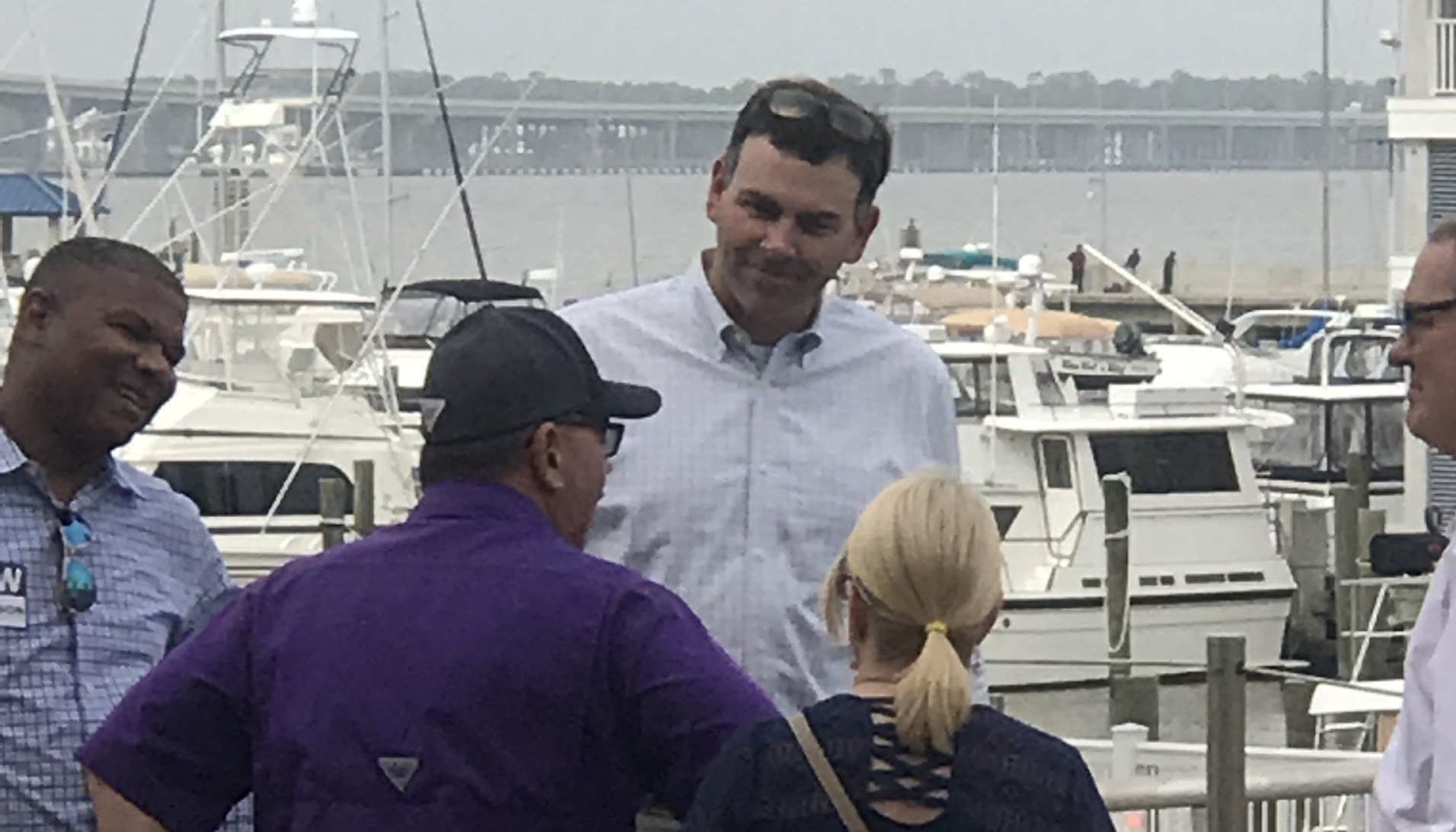
APRIL 2 at 05:09 PM
BILOXI, Miss. (SUN HERALD) – The Bonnet Carré Spillway is opening Friday to stave off Mississippi River flooding after heavy rainfall in the Mississippi Valley, the New Orleans District of the U.S. Army Corps of Engineers announced Thursday afternoon.
“When we operate the spillway, we do everything we can to help mitigate the impacts,” said Gen. Mark Toy, commander of the Corps’ Missisippi Vallley Division, which includes New Orleans. “And, the decision to do so is not taken lightly. By operating the Bonnet Carré Spillway, we can safely pass these high waters and ultimately keep people safe.”
Toy said in a news release that he expects the spillway to be open three to four weeks, but the time could change with weather conditions.
Opening the spillway relieves pressure on levees that could otherwise overflow in and around New Orleans, allows the Corps to maintain river stages and regulates river flow downstream from the spillway.
Mississippi officials expressed dismay over the spillway opening at an online meeting Thursday morning to gather stakeholder comments before New Orleans District engineer and commander Col. Stephen Murphy recommended the opening to Toy, who ultimately makes the decision.
The meeting was held online because of the novel coronavirus pandemic, which Murphy said has not diminished USACE operations or its capacity for controlling Mississippi River flooding.
“Our flood fight remains a critical mission for us,” Murphy told the gathering. “We are all over this flood fight.”
Based on current forecasts, Murphy said about one third of the spillway’s 350 gates could be opened, pouring polluted river water into Lake Pontchartrain and the Mississippi Sound beyond.
Peak flow of river water through the spillway is expected to be 120,000 to 130,000 cubic feet per second, far lower than the 2019 opening.
This would be a record-setting third year in a row for the spillway to open. The longest opening in spillway history, in 2019, decimated oyster beds off the Mississippi Coast and is blamed for the deaths of dolphins, sea turtles and other aquatic life because of reduced salinity levels.
Federal fisheries disasters were declared in Mississippi, Alabama and Louisiana.
Mississippi Secretary of State Michael Watson, whose office was in the meeting, has a federal lawsuit pending against the USACE over spillway operations.
During the virtual meeting, his office commented and asked the following question through online chat:
“The Mississippi Gulf Sound is still reeling from the 3 openings in the past two years and these impacts still haven’t been adequately measured or considered, yet you’re about to make it even worse by again using the BCS this year.
“While you claim you do not have the authority, have you even requested a change in operating guidelines to help diminish those impacts by at least allowing a partial opening of the Morganza?”
The Morganza Floodway upriver near Baton Rouge, has not opened since the river flood of 2011, angering Mississippians who say it would relieve pressure on the Bonnet Carré and Mississippi Sound.
A USACE representative said the comments from Watson’s office would be considered, but any response was limited because of the pending lawsuit. He said river flows at Morganza do not meet the trigger for opening set in the 1928 Flood Control Act.
Federal legislation could in the future change how the flood system operates, the USACE responded, but for now the 1928 act controls operations.
The trigger point for opening the Bonnet Carré is a flow rate of 1.25 million cubic feet per second at the Carrollton gage on the river at New Orleans. Flood stage is 17 feet. Both those benchmarks are expected to be exceeded without an opening.
https://www.sunherald.com/news/local/article241710071.html
